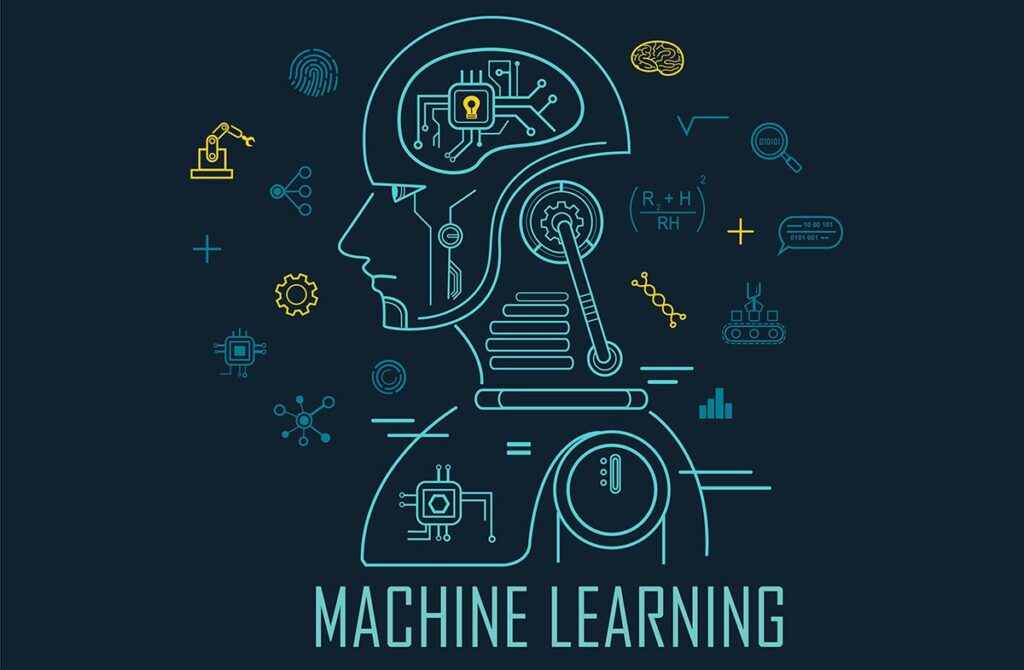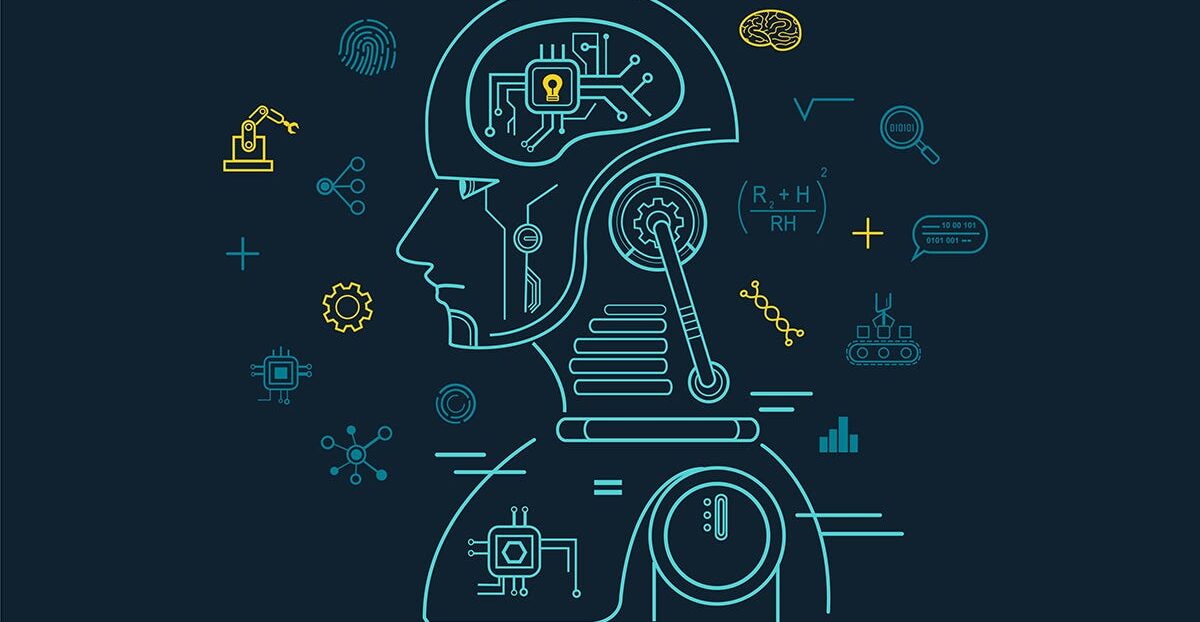In the realm of artificial intelligence (AI), machine learning stands out as a dynamic and powerful subset that has transformed various industries and applications. Understanding how machine learning works and its different types is crucial in comprehending its wide-ranging implications and potential.

How Machine Learning Works:
Machine learning is a branch of AI that enables systems to learn from data, identify patterns, and make decisions with minimal human intervention. At its core, the process involves the following steps:
- Data Collection: Machine learning algorithms require vast amounts of data to learn and derive insights. This data can encompass structured information from databases, text, images, videos, or any other form of digital content.
- Data Preprocessing: Raw data often contains noise, inconsistencies, and missing values. Data preprocessing involves cleaning, formatting, and transforming the data into a suitable format for analysis.
- Feature Extraction: Features are specific attributes or characteristics within the data that are relevant to the learning task. Feature extraction involves selecting or deriving relevant features that will aid the learning process.
- Model Training: In this step, the machine learning model is trained using the prepared dataset. During training, the model learns to recognize patterns and relationships within the data by adjusting its parameters iteratively.
- Evaluation: Once the model is trained, it is evaluated using a separate dataset to assess its performance and generalization capabilities. Various metrics such as accuracy, precision, recall, and F1-score are used to evaluate the model’s effectiveness.
Types of Machine Learning:
Machine learning can be broadly categorized into three main types:
- Supervised Learning: In supervised learning, the model is trained on labeled data, where each input is associated with a corresponding output or target variable. The goal is to learn a mapping from input to output, allowing the model to make predictions on unseen data. Common supervised learning algorithms include linear regression, logistic regression, decision trees, support vector machines (SVM), and neural networks.
- Unsupervised Learning: Unsupervised learning involves training the model on unlabeled data, where the algorithm must identify patterns and structure within the dataset without explicit guidance. Clustering and dimensionality reduction are common tasks in unsupervised learning. Popular algorithms include k-means clustering, hierarchical clustering, principal component analysis (PCA), and t-distributed stochastic neighbor embedding (t-SNE).
- Reinforcement Learning: Reinforcement learning is a paradigm where an agent learns to interact with an environment by taking actions and receiving feedback in the form of rewards or penalties. The agent’s objective is to maximize cumulative rewards over time by learning optimal strategies and policies. Reinforcement learning has applications in areas such as robotics, gaming, finance, and autonomous systems.
Conclusion
In conclusion, machine learning technology represents a powerful toolset for extracting insights, making predictions, and automating decision-making processes across a wide range of domains. By understanding the principles and types of machine learning, individuals and organizations can harness its potential to drive innovation, improve efficiency, and solve complex problems in today’s data-driven world.























+ There are no comments
Add yours